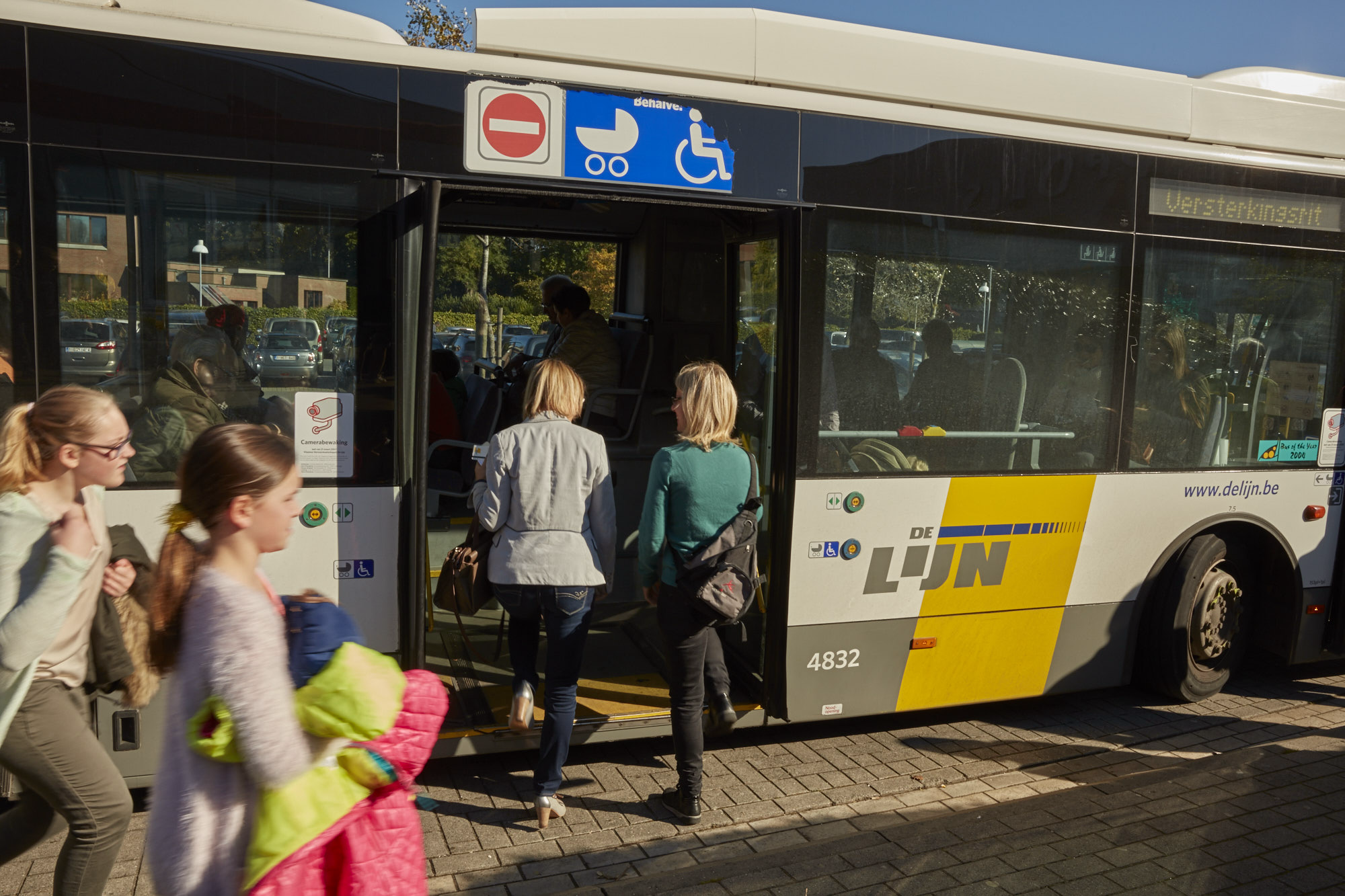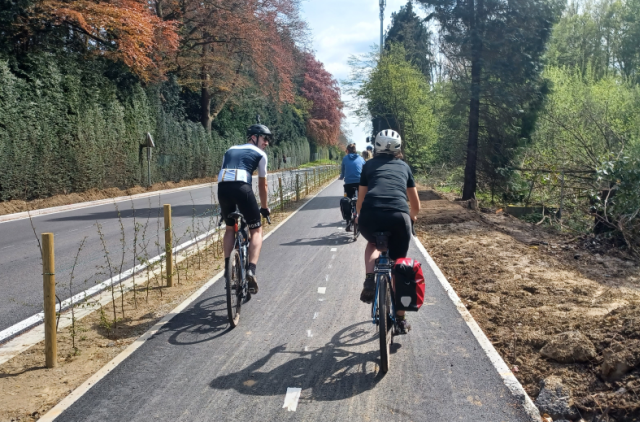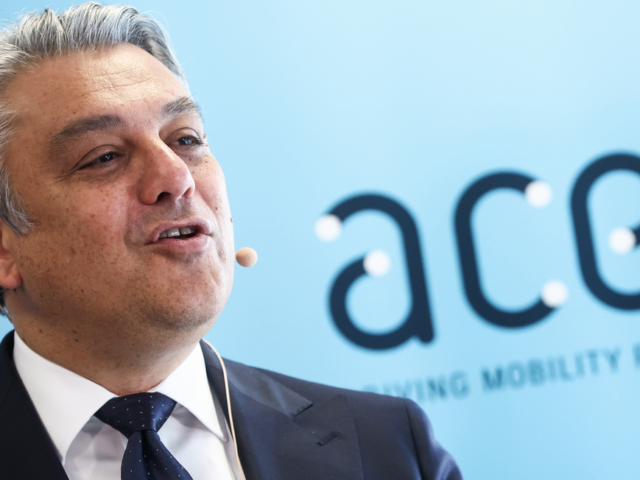
‘Families prefer car over train and bus as most attractive option’

Flemish families are not overflowing with enthusiasm for the offer of De Lijn and NMBS/SNCB and are swearing allegiance to the car /Gezinsbond
The car is still the preferred mode of transport for families in Flanders, and the train remains an uninviting option. This is according to


Comments
Ready to join the conversation?
You must be an active subscriber to leave a comment.
Subscribe Today